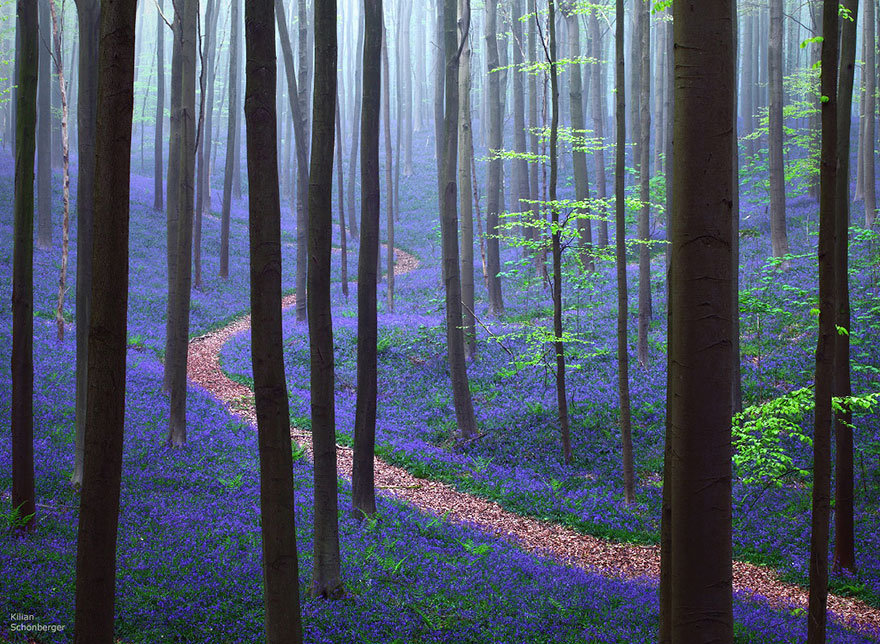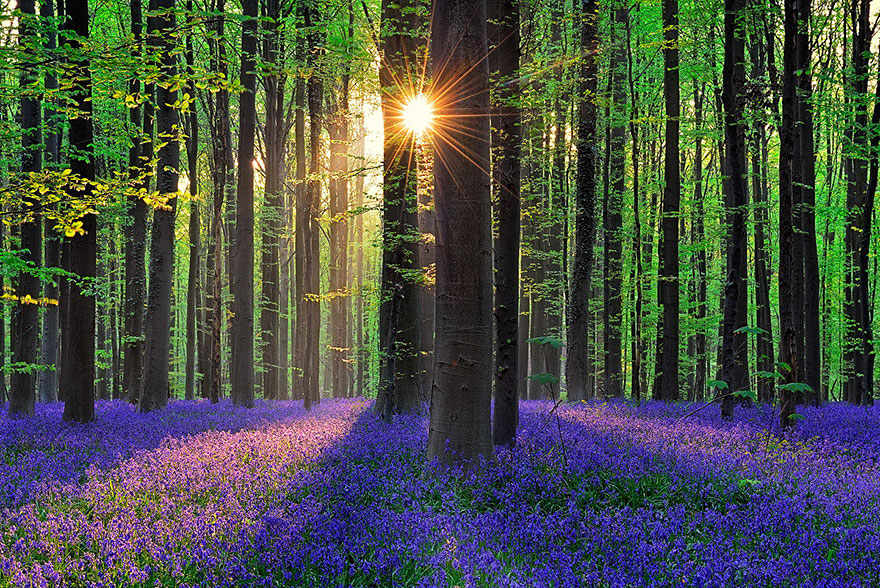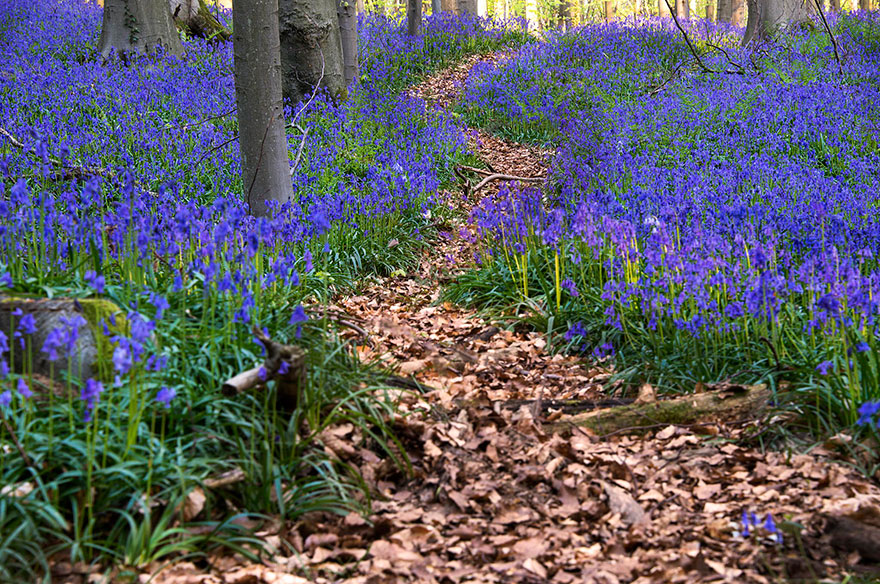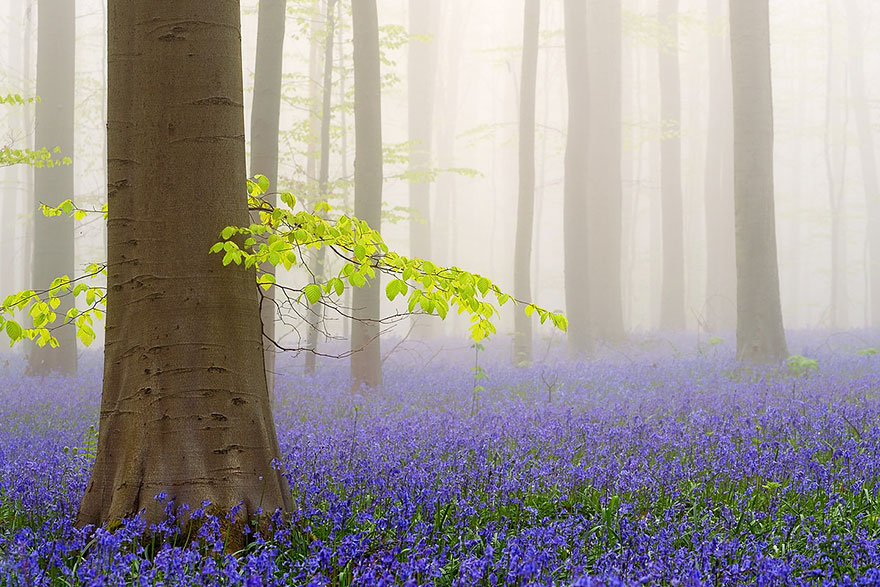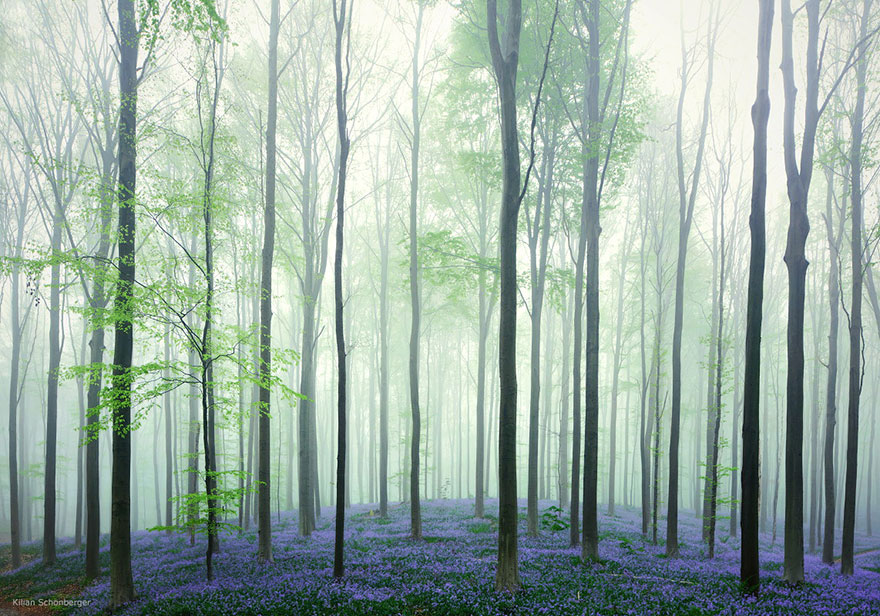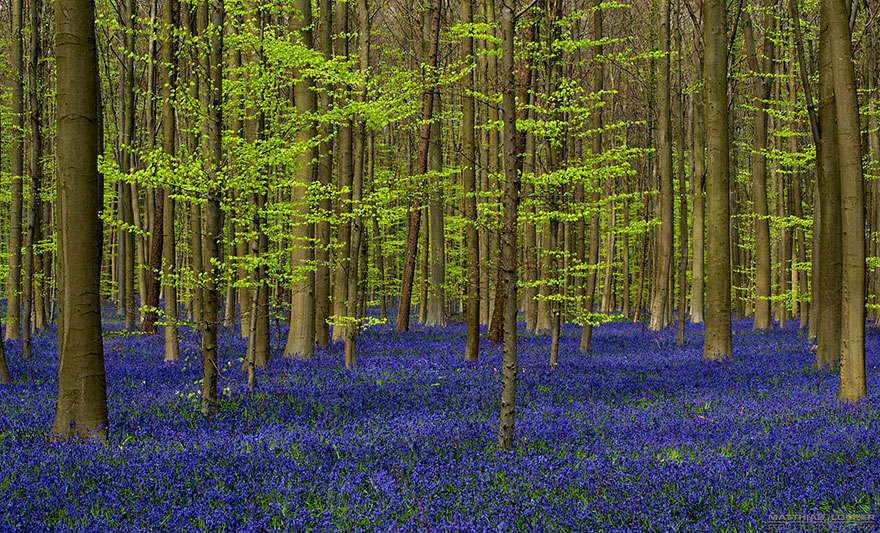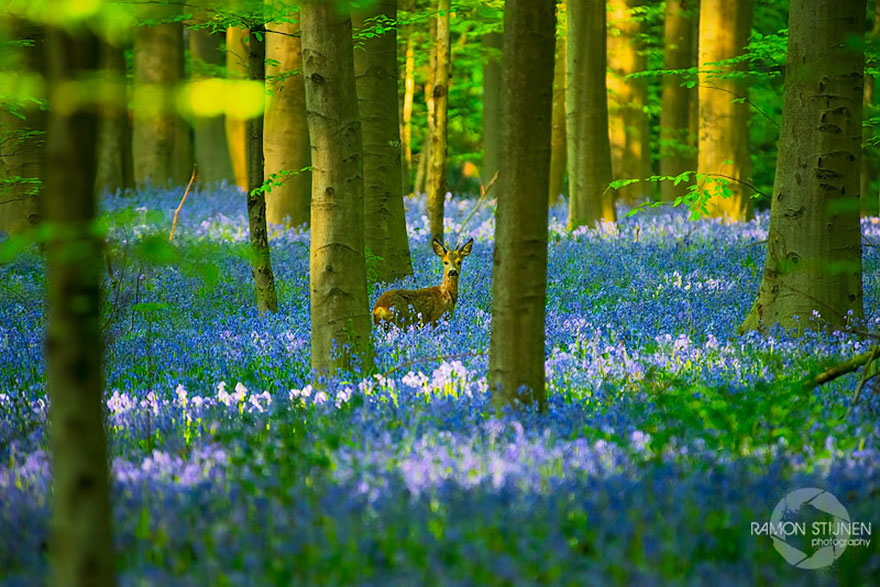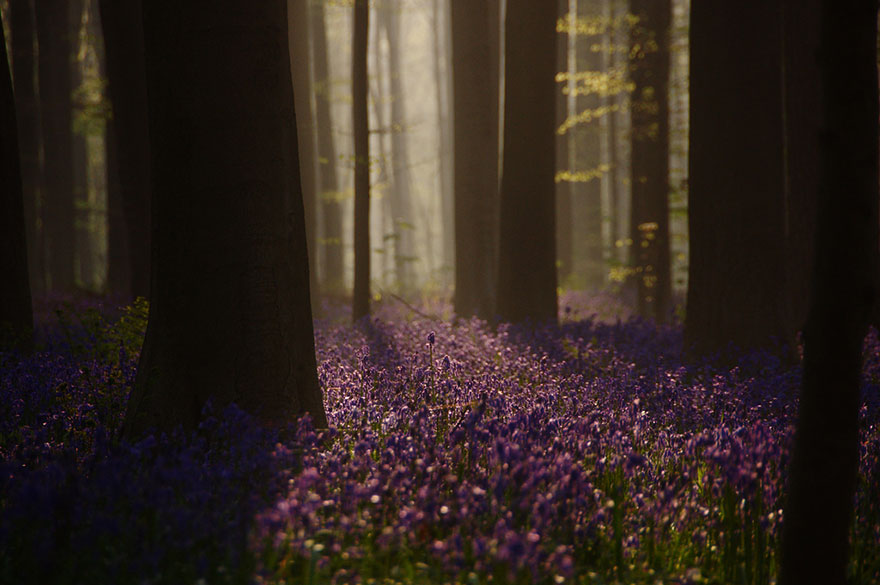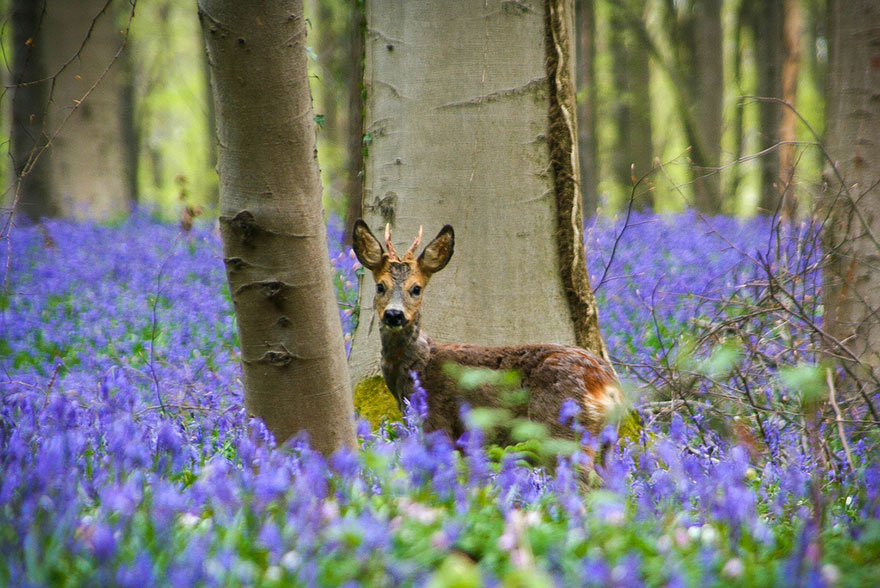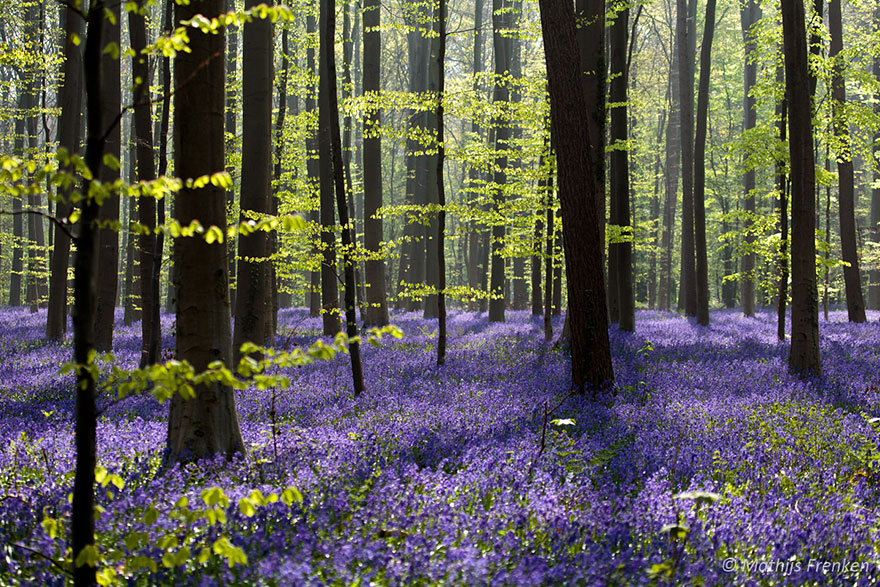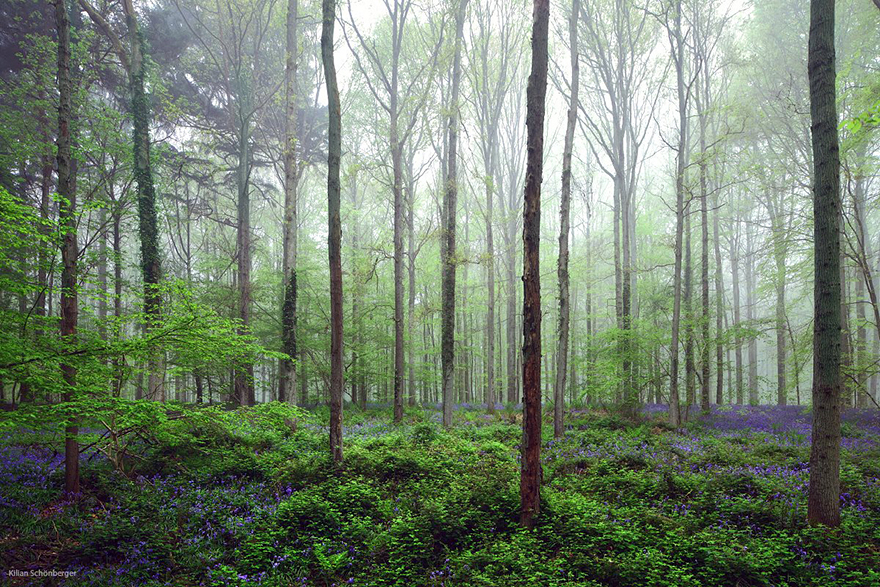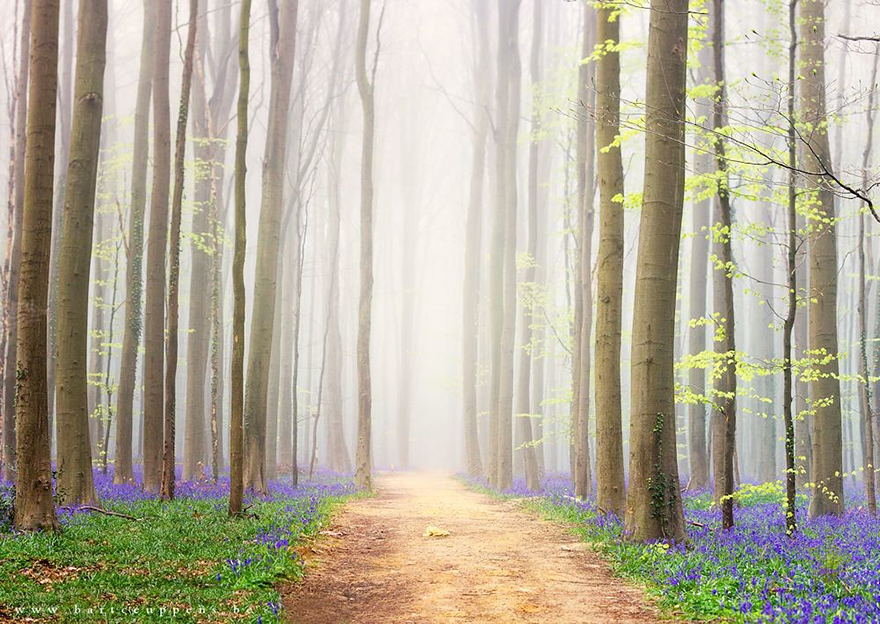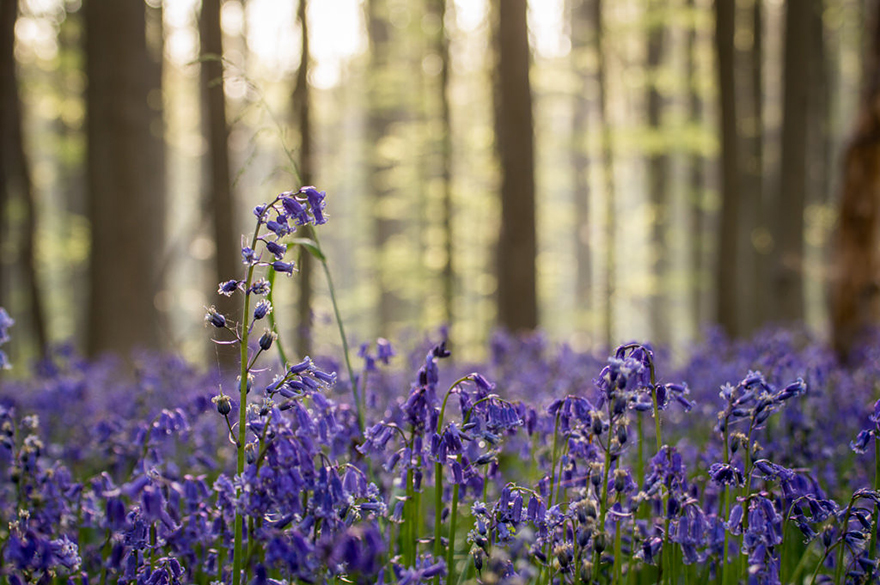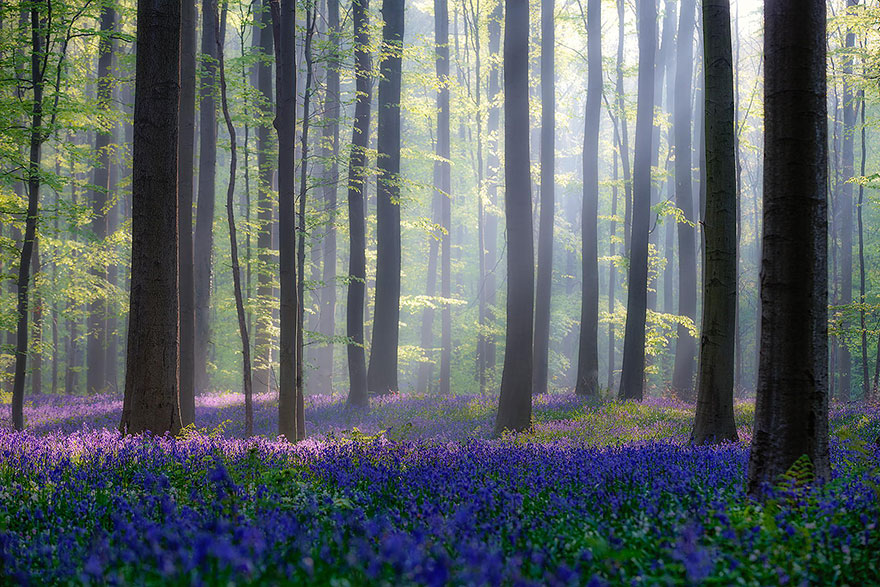Copper exploitation at the mines of Rosia Poieni in the Apuseni Mountains, in Alba county, in Romania, was like a curse for residents of the twin villages situated in the foothills where excavations were carried out. Their ordeal began in 1977, when Romania’s communist dictator Nicolae Ceausescu decided to exploit the huge copper deposit discovered underground. The government forced the inhabitants of the nearby village of Geamana to leave their homes and abandon their way of life in order to make way for the toxic waste from Roşia Poieni mining pit. Around 400 families were evacuated and their village replaced by an artificial lake that served as a kind of catch-basin for the mine’s contaminated sludge to flow into. The waters of the lake is highly toxic laced with cyanide and other chemicals. As the lake grew, it engulfed what was once a beautiful village. The tower of the church and a few houses are all that remains today.










Source
READ MORE»










Source




























